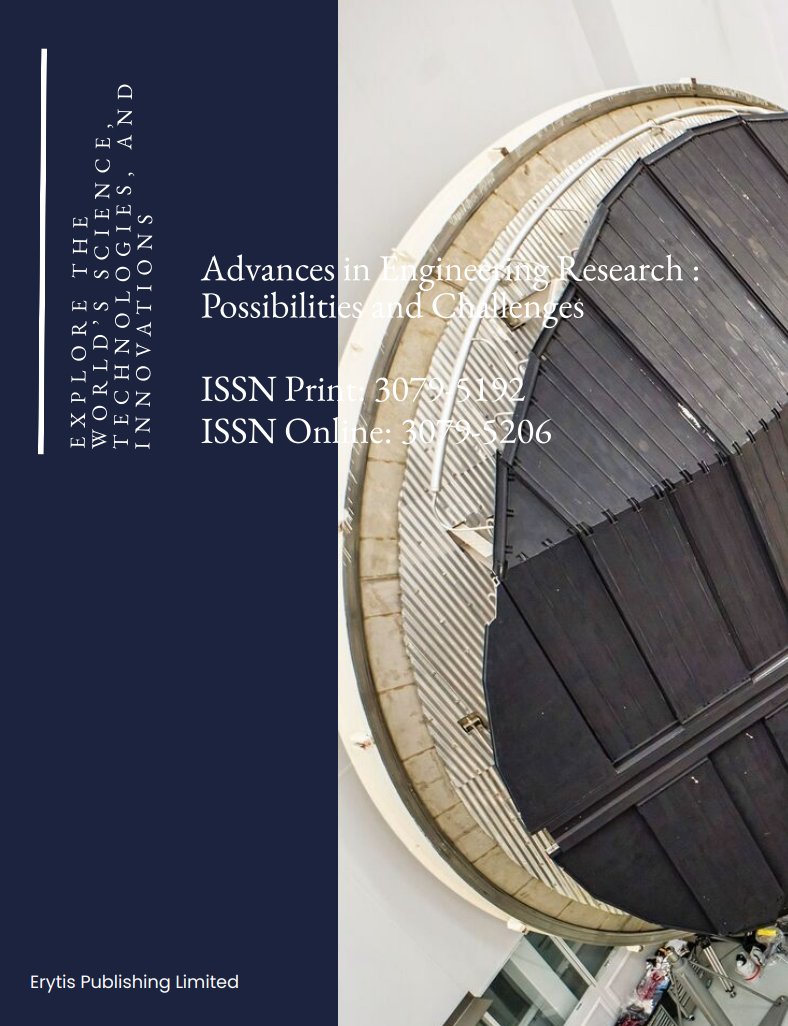Influence of power battery improvement on the choice of competition and cooperation strategy of electric vehicle manufacturers
DOI:
https://doi.org/10.63313/AERpc.9033Keywords:
game model, investment efficiency, coopetition strategy, profit maximizationAbstract
Under the background of process improvement of electric vehicle power bat-tery, this paper explores the impact of different competition and cooperation strategies of electric vehicle manufacturers on the pricing and profits of electric vehicle manufacturers. A system model including two electric vehicle manufac-turers (one with power battery technology and one without power battery technology) and a battery manufacturer with only power battery technology is constructed. The model is solved by using the inverse method, and the influence of factors such as power battery investment efficiency on the manufacturer's strategy selection is analyzed. The results show that: with the increase of in-vestment efficiency of suppliers, the investment effect of manufacturers with power battery technology decreases, regardless of the competition mode or the cooperation mode; Manufacturers with power battery technology usually have higher profits in the competition and cooperation mode than in the competition mode. The mode choice of manufacturers who lack power battery technology is affected by investment efficiency: when the investment efficiency is high, they tend to choose the competition and cooperation mode; When the investment efficiency is low, it tends to be competitive.
References
[1] Ha, A. Y., Tian, Q., & Tong, S. (2017). Information sharing in competing supply chains with production cost reduction. Manufacturing & Service Operations Management, 19(2), 246–262.
[2] Wu X ,Zha Y ,Liang L . Competing platform owners’ entry and an OEM's cooperation response[J]. International Transactions in Operational Research,2024,31(5).
[3] Peng Y, Chen L, Dou R, et al. Service innovation decision for manufacturing enterprises based on a coopetition perspective[J]. Computers & Industrial Engineering, 2023, 183: 109496.
[4] Song J, Yan X. Impact of Government Subsidies, Competition, and Blockchain on Green Supply Chain Decisions[J]. Sustainability, 2023, 15(4): 3633.
[5] B. Du, Q. Liu, and G. Li, “Coordinating a Sustainable Innovation Supply Chain with Cooperative Investment Contract under Stackelberg Game,” in Proceedings of the 2017 14th International Conference on Service Systems and Service Management (ICSSSM), June 2017.
[6] X. Lu, J. Wang, S. Yao, and L. I. Yan-xia, “Cloud service supply chain cooperation and technological innovation decision based on competition and cooperation game,” Soft Science,vol. 32, no. 11, pp. 39–43, 2018.
[7] J. Zhang, Zi Wang, and F. Yu, “Technological innovation of new products mode selection in longitudinal supply chain,” Journal of Management, vol. 17, no. 170, pp. 82–84, 2020.
[8] Li W, Zhao X. Competition or coopetition? Equilibrium analysis in the presence of process improvement[J]. European Journal of Operational Research, 2022, 297(1): 180-202.
[9] Y. Li, S. Rong, and X. Hu, “Research on the influencing factors of the technological innovation capability of the automobile industry based on system dynamics,” Journal of Industrial Technology Economy, vol. 36, no. 2, pp. 50–56, 2017.
[10] S. Li, Y. Zhang, and R. Feng, “Dynamic game analysis of technology diffusion and innovation performance: case study of China’s automotive industry,” Research Series on the Chinese Dream and China’s Development Path, pp. 73–85, 2019.
[11] Y. Deng, “Agglomeration of technology innovation network of new energy automobile industry based on IoT and artificial intelligence,” Journal of Ambient Intelligence and Humanized,2021.
Downloads
Published
Issue
Section
License
Copyright (c) 2025 by author(s) and Erytis Publishing Limited.

This work is licensed under a Creative Commons Attribution 4.0 International License.















